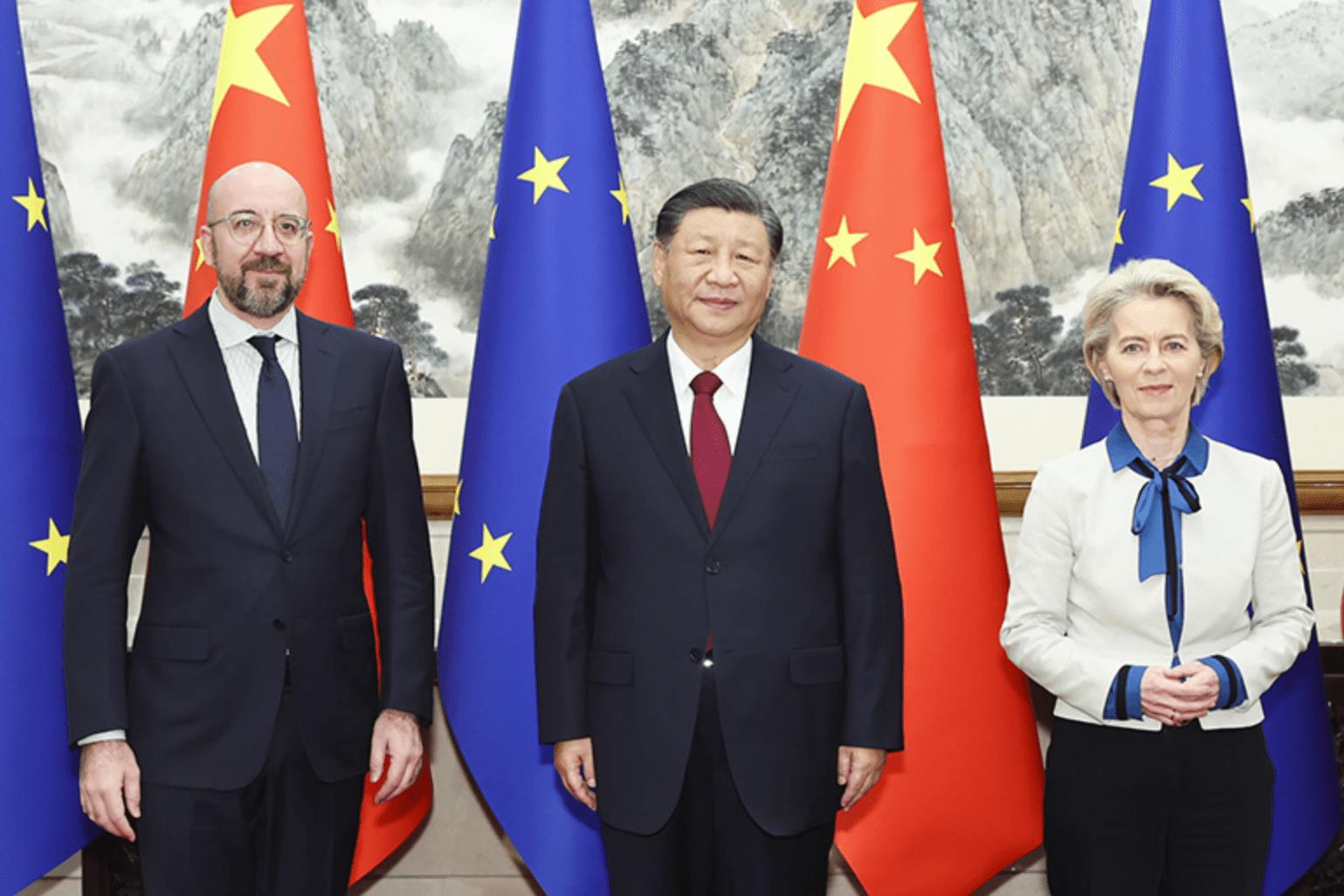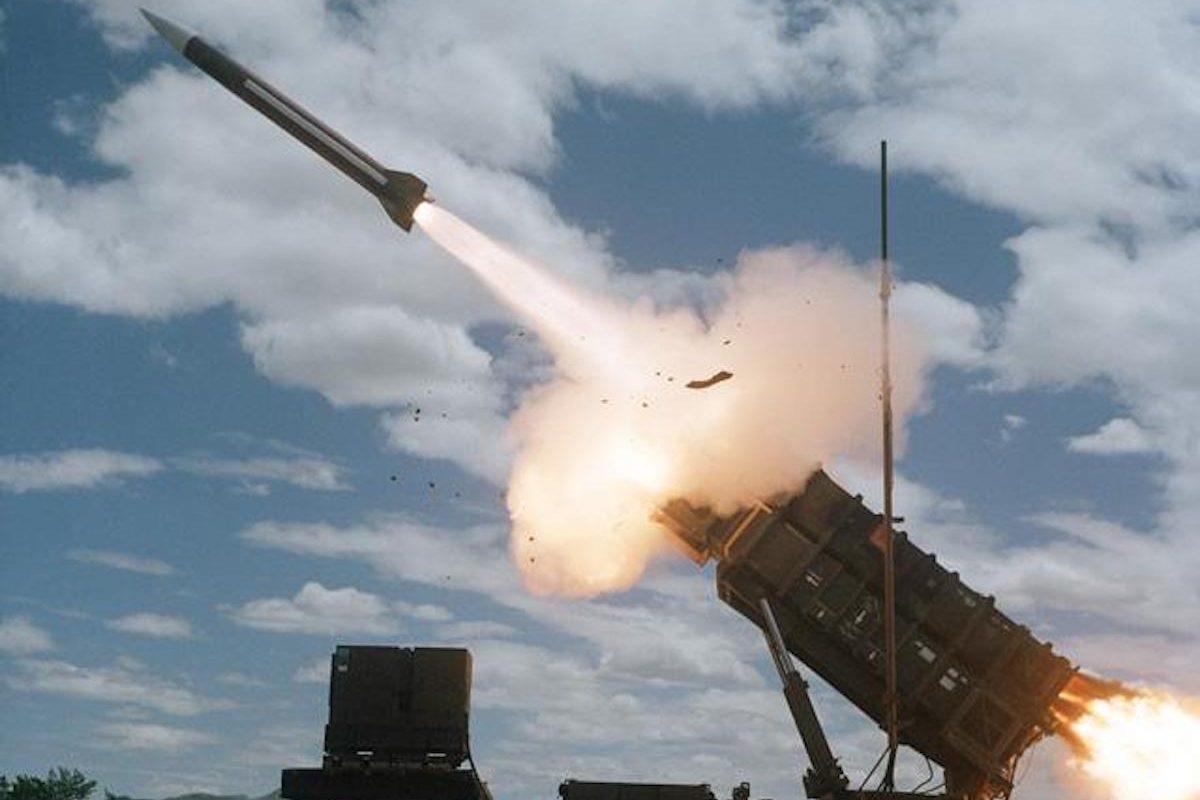
The US Is No Longer The Arsenal Of Democracy
Much of the rest of the country has soured on it.
The economic logic behind free trade is that goods should be produced where they can be produced most cheaply. Consumers are better off. So are investors; constructing factories in uncompetitive places misallocates capital.
But some factory workers lose as production is moved offshore to lower cost venues. Heeding the public's outcry over runaway jobs, Congressmen no longer support free-trade agreements. Presidents push tariff increases and industrial policy instead.
National-security policymakers have a different concern with free trade, one spurred by the possibility of war over Taiwan. No one wants that to happen, but if it did American industry would be hard pressed to keep our military supplied.
When the US won World War II, it was the world's manufacturing powerhouse“the arsenal of democracy.” Consider these statistics, taken from naval historian Craig Symonds's Teaching Company course“World War II: The Pacific Theatre .”
From 1939 to 1945, the Allies (the United Kingdom, China, the Soviet Union and especially the US) built:
- 4.4 million tanks, trucks and armored vehicles while the enemy Axis powers – Japan, Germany and Italy – built only 670,000;
- 637,000 aircraft to the Axis countries' 229,000; and
- 55,000 ships, the lion's share in the US, to the Axis powers' 1,700.
The US won the war, Symonds argues,“because the United States was able to produce the tools of war, and especially the warships and the transport ships, not only faster than the Japanese but in numbers that were previously unimaginable.”
What haunts policymakers is the realization that the US no longer has that kind of industrial edge. Today China is the world's manufacturing powerhouse. The US isn't as far behind China as Japan was behind the US in the 1940s, but it's no longer the arsenal of democracy.

South Korea tries to Trump-proof the alliance

Firm offices raided, China calls EU 'protectionist'

How deep is Vietnam's financial rot?
Today the US has the world's second largest manufacturing economy and its $2.5 trillion in annual manufacturing output exceeds the entire economies of all but seven countries. But it's a distant second and its capacity to build enough of the most important tools of war is open to question.
Old-fashioned metal bending is among America's hollowed-out sectors. Measured by output dollar value, the three largest US manufacturing industries are chemicals; computer and electronic products; and food, beverage and tobacco products.
In shipbuilding, the US is a nonentity. According to the US Naval Institute , China has nearly 47% of the global market, South Korea is second with 29% and Japan is third with 17%. The U.S. has less than 1%.
It takes the US more than five years to build an aircraft carrier. Between 1943 and 1945, the US built 24 Essex class carriers, Symonds said. Granted, they were less sophisticated than today's flattops. But the difference in volume is still striking.
A Chinese attempt to take Taiwan by force would test the US industrial base severely. War games conducted by the Center for Strategic and International Studies, a non-profit think tank, suggest the US would“likely run out of some munitions – such as long-range, precision-guided munitions – in less than one week in a Taiwan Strait conflict.”
CSIS stated that this would“make it extremely difficult for the United States to sustain a protracted conflict.” The think tank added that the US defense industrial base“lacks adequate surge capacity for a major war.”
Meanwhile, China is said to be acquiring weapons five to six times faster than the US. In a conflict over Taiwan, would its vast manufacturing infrastructure enable it to outproduce the US the way the US outproduced Japan and Germany in World War II?
Peacetime complacency partly explains this role reversal. The US has always slimmed down its military when wars have ended. In the wake of the Cold War three decades ago, the Pentagon forced the defense industry to consolidate, as well.
But free trade arguably also has played a role. Once China was admitted to the World Trade Organization, free-trade logic kicked in. China's endless supply of disciplined, low-wage workers and generous government subsidies made it the world's preferred factory floor. Many manufacturers from other countries moved production there. Others closed down, unable to compete.
The shrunken US defense industry did neither, but the broader erosion of U.S. manufacturing put weapons makers at a disadvantage. Just for starters, China produces more than 10 times as much steel as the U.S.
Given enough time and budgetary support, the defense industrial base can be shored up. The foreign-aid bill the House just passed includes money to replenish US munitions supplies.
Allies can help. Japan recently abandoned a decades-old policy of not exporting armaments and promised to help the US replenish its supply of Patriot missiles.

Sign up for one of our free newsletters
- The Daily ReportStart your day right with Asia Times' top stories
- AT Weekly ReportA weekly roundup of Asia Times' most-read stories
Restoring the broader manufacturing base, though, will be difficult. Tariffs and industrial policy may help stop the erosion and keep high-tech industries producing domestically but they're unlikely to give birth to a broad manufacturing renaissance.
The US economy has made the transition to services and high technology. It's hard to imagine a US governmental effort large enough, sustained enough and well-targeted enough to reverse that.
But a Chinese governmental effort? That's imaginable. Beijing's answer to its economic problems has been to double down on its support for manufacturing and its reliance on exports. At the very least, then, you can expect the US to take further steps down the road to protectionism in self-defense.
Former longtime Wall Street Journal Asia correspondent and editor
Urban Lehner
is editor emeritus of DTN/The Progressive Farmer.
This article, originally published on April 22 by the latter news organization and now republished by Asia Times with permission, is © Copyright 2024 DTN/The Progressive Farmer. All rights reserved. Follow Urban Lehner on X @urbanize
Thank you for registering!
An account was already registered with this email. Please check your inbox for an authentication link.

Legal Disclaimer:
MENAFN provides the information “as is” without warranty of any kind. We do not accept any responsibility or liability for the accuracy, content, images, videos, licenses, completeness, legality, or reliability of the information contained in this article. If you have any complaints or copyright issues related to this article, kindly contact the provider above.






















Comments
No comment